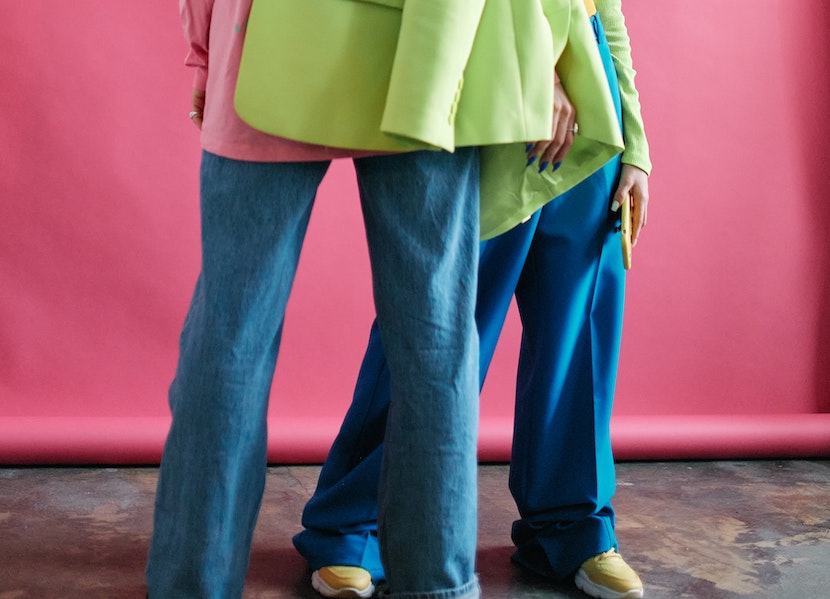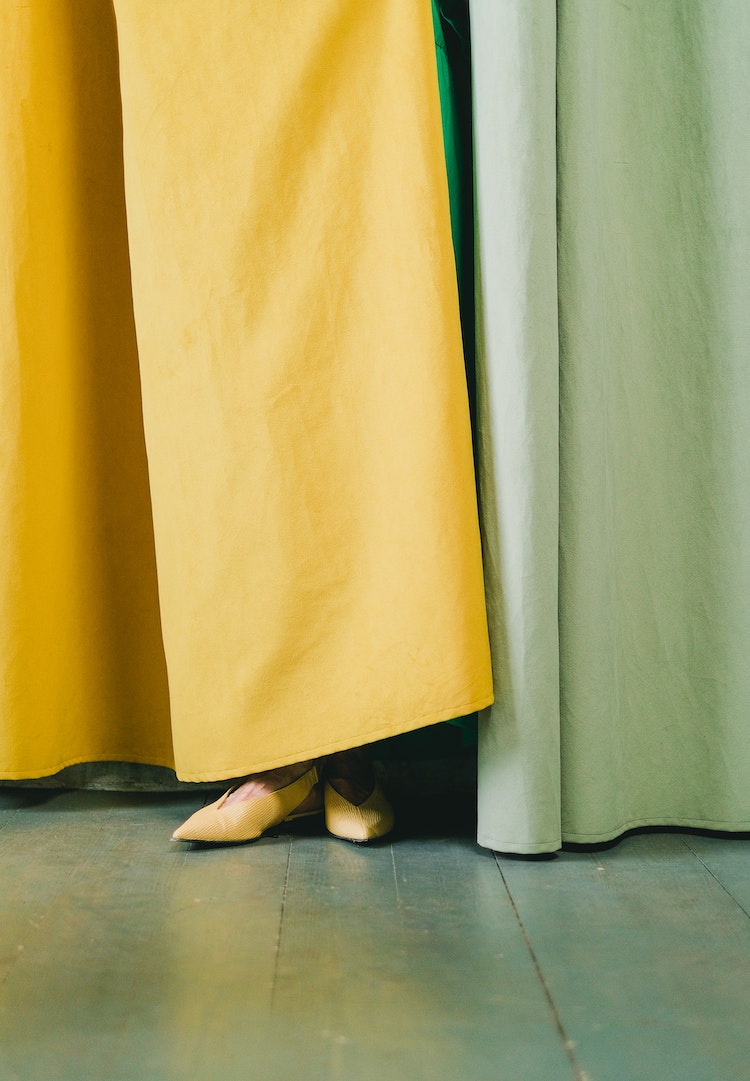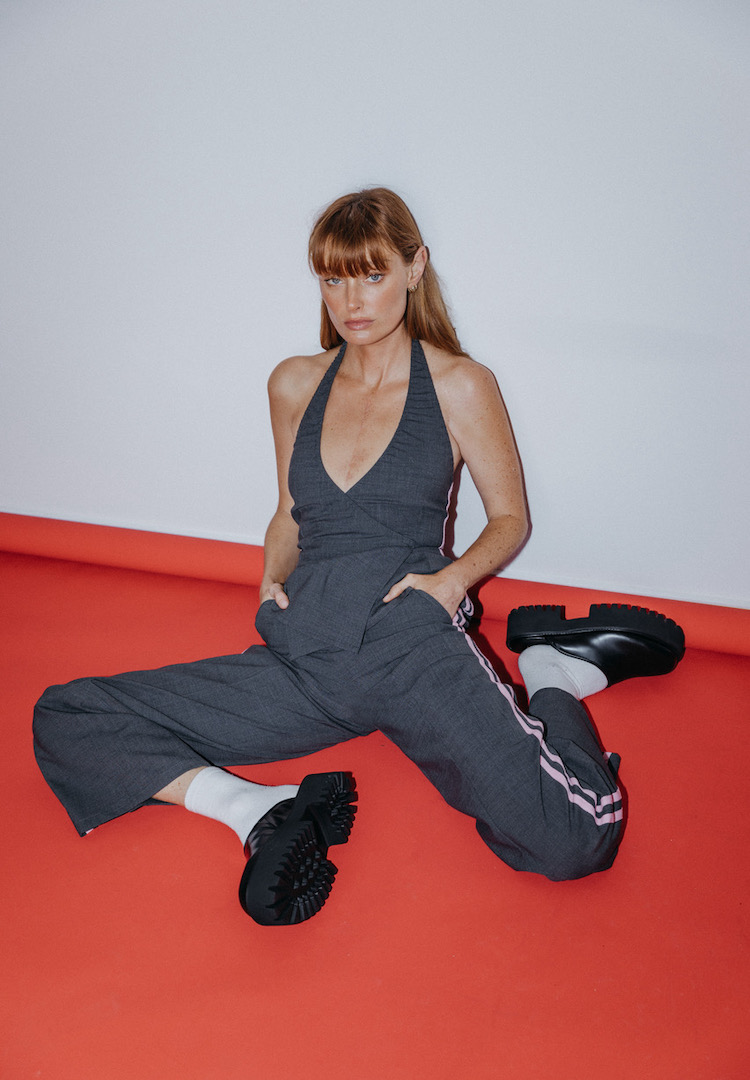How to work out what size you are in jeans
WORDS BY DAISY HENRY
Your go-to denim guide.
I have always considered myself jeans-averse. Between finding a pair that will fit both my waist and my thighs to spending far too long trying to decode their complex sizing, it’s safe to say that my relationship with denim is strained.
Yet as trends come and go, denim has remained a reliable and timeless wardrobe staple. The never-ending range of styles, from bootleg to skinny-jean, as well as the spectrum of shades and washes, make jeans a convenient and classic outfit choice.
Looking for more fashion news and features? Head to our Fashion section.
But finding your true denim size shouldn’t be this difficult, and it certainly shouldn’t have you swearing off jeans forever. I often look around me for sartorial inspiration, and I’m constantly swept up in outfit-envy thanks to colleagues and friends that are wearing really good pairs of jeans. I always wish I could find a pair that would fit me like that.
Finding a style that works for you can be intimidating, and the options seem endless: low-rise versus high-rise, skinny versus straight, and full-length versus ankle grazers. And if you’re anything like me, you’ll find that your size will vary when you switch between different styles and different brands. Finding the right fit is anything but easy, so to help you out I’ve put together this guide; the denim guide I’ve always longed for.
Get the tape measure out
Noting down your measurements is a necessary first step in the quest to find a good pair of jeans. Begin by measuring your waist, looping the tape around the smallest part of your torso, above your belly button. Stand comfortably and don’t pull the tape too tight. Then, measure your hips (the widest part of your midsection).
Lastly, measure your inseam, which is the inside of your leg (maybe pester your housemate or family member to help you with this one). Start with your crotch and measure straight down your leg to your ankle. It’s also worth keeping a note in your phone with your measurements, so when you come across a brand with tricky sizing conventions, you’re ready to go.
High, mid or low rise
Determining what rise of jeans you’re comfortable with is key. Firstly, the ‘rise’ refers to the distance between the crotch seam (where the horizontal and vertical stitching cross-over), up to the waistband.
High-rise usually sits above your belly button and narrowly on your waist, accentuating the length of your legs. Because of this, it’s important to align your chosen size with not only your waist measurements but with your hip measurements as well. High-rise jeans often measure from the crotch seam, up 12 to 13 inches (or 30 to 33cm).
In stark contrast, low-rise jeans have a far shorter distance between the waistband and crotch seam, and tend to sit just below your belly button (sometimes even lower). Low-rise were immensely popular in the early noughties but were dumped en masse at charity shops in the mid-2000s in favour of high rise denim.
The high rise has been the style de jour for close to 15 years now, but lately, thanks to the Y2K resurgence and celebrities like Bella Hadid, there’s been a low-rise comeback. A hot tip: measure both your hips and the rise of these ones closely, and measure this against a pair of pants that you already own. Anyone can pull off low-rise jeans, but make sure you’re comfortable with how low they sit.
Mid-rise jeans are a healthy balance between these two, sitting just on the belly button. Mid-rise jeans are less likely to slip down or reveal your undies when you bend over like low-rise styles and can be less restrictive than their high-waisted friends. They are also the most popular jean style, meaning that brands typically have a wide range of styles and sizes that you can tailor to your specific measurements.
A quick trick for translating sizes
Deciphering the complex equations that are women’s jeans sizes is tricky. It can often feel like a game of mind-maths when attempting to translate cm and inches, and EU to AU. So MammaMia’s jeans equation is both a genius and relatively simple way to figure out the mysteries of jean sizing.
The article shares that your AU size can be found by adding the two numbers of your denim waist size together (although this maths hack only applies to sizes 24 to 29). If you’re a 26 waist, you will be an Australian size 8 (because 2+6=8). Likewise, if you’re a 29 waist, you will be an AU 11.
Go forth and get some jeans
Once you have these tips down pat, you should be ready to enter the denim world more prepared than when you started. Good luck!
For some denim-themed outfit inspiration, head here.










